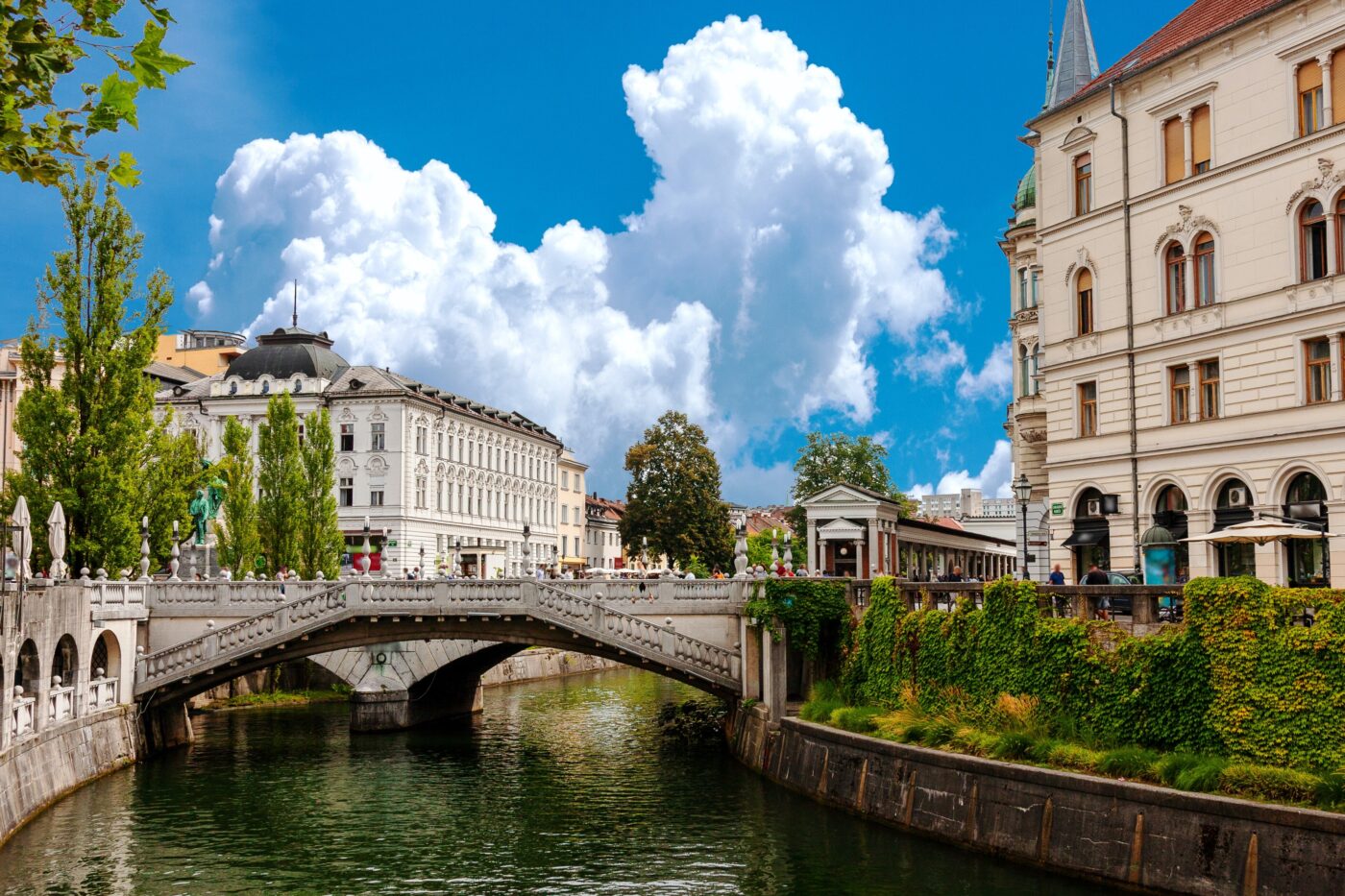More than half of the world's people live in cities - so what happens there has a big impact on our global fight against climate change. We present to you five cities that are famous for their sustainable approach. Green Ljubljana is also among them.
Copenhagen, Denmark
What do you do if you want to encourage citizens to trade the comfort of their cars for pedaling? Copenhagen has set itself the goal of carbon neutrality by 2025, and its commitment can set an example for many cities around the world. The Danish capital boasts as many as 382 km of cycling routes, and the entire system is designed in such a way that you can move smoothly around the city by bicycle without being hindered by cars or motorbikes.
In addition, there is a network of cycling roads that allow long-distance cycling to and from 30 surrounding municipalities, which has increased the number of cyclists during the week by a quarter. In addition to the cycling orientation of the city, the contribution to sustainability in the field of public transport should also be praised, as the plan is to fully electrify it by 2025.
Singapore
We all know that trees are vital to the environment and that deforestation has devastating effects on the climate and the ecosystem. Singapore, the innovative and imaginative Asian metropolis, came up with a completely new concept: Supertree. Located in the Gardens by the Bay park, it consists of 18 tree-like structures between 25 and 50 m tall.
The artificial forest combines technology, art and nature with a sustainable way of managing the environment. With their steel framework, the trees act as vertical gardens for around 163,000 plants (more than 200 species) that absorb CO2 from the air. What's more, Singapore's supertrees are equipped with environmental technologies that mimic the ecological role of trees, such as harvesting solar energy through solar photovoltaic systems and collecting rainwater.
Ljubljana, Slovenia
Ljubljana is also on the list of the five most sustainable cities. Around 287,000 people live in the capital of Slovenia, as well as 180 million bees. More than 4,500 beehives are available to the latter, which make up the city's "bee path". The trail, opened in 2015, promotes public awareness of the important role of bees in the city's biodiversity, human survival and food security, as well as Ljubljana's long-standing beekeeping heritage.
The bee trail, which was originally created simply as a path between individual bee-related locations, has become a kind of movement of like-minded people, a place of diverse beekeeping activities, thanks to the many people involved. Ljubljana also has the highest proportion of green areas per inhabitant in Europe (more than 542 m2), and tourists are also impressed by the car-free city center and the bicycle sharing system.
Curitiba, Brazil
Curitiba is a success story when it comes to waste management. It boasts not just one, but two ingeniously simple schemes that simultaneously solve environmental and social problems. The first "Garbage That Isn't Garbage" initiative involves residents separating their organic and non-organic recyclable waste, which is then processed at centers that employ disabled and homeless people and recovering addicts. Another "Green Exchange" scheme was introduced to clean up favelas.
Locals collect and sell recyclable materials for bus tickets, food, school textbooks and more. This provides the residents of the favelas with basic necessities and gives them free access to jobs that they would otherwise not be able to afford. The schemes have resulted in a reduction of approximately 70 % of waste to landfill and created over 2,000 jobs in the waste sector.
Amsterdam, Netherlands
Amsterdam, also known as the Venice of the North due to its canal system, is making very good use of its waterways when it comes to fighting plastic pollution. Plastic Whale thus tackles the problem of plastic waste, which participants of all ages catch in nets and collect. In a creative circular fashion, the plastic is then turned into office furniture and boats.
Then there's the world's first bubble barrier, which was put in place to complement waste collection boats. It collects around 42,000 kg of plastic from Amsterdam's canals annually. The bubble barrier helps solve the problem of difficult-to-catch underwater plastic debris. Air is drawn through a perforated tube that sits at the bottom of the channel, and as the bubbles rise, they create an updraft that pulls the plastic to the surface and directs it to a collection system on the side, capturing between 80-90 percent of the waste that would otherwise ended up in the North Sea.






